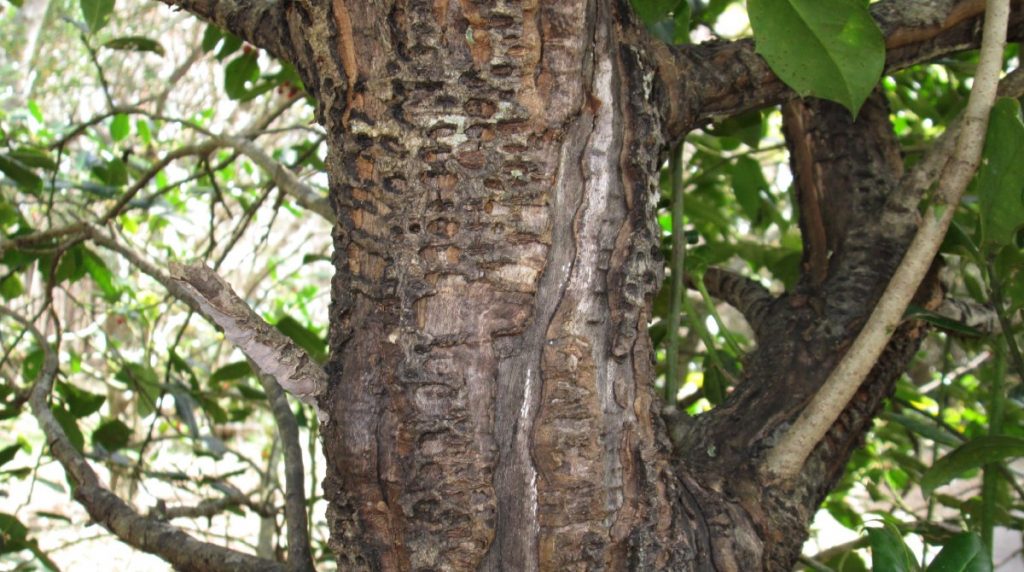
Date May 24, 2024
Healthy oak trees are a beautiful addition to any landscape, providing shade and ecological benefits. Our comprehensive guide to specialized oak tree care in Southlake provides essential tips and insights to ensure trees thrive for years to come. Below are some ways property owners can identify common tree diseases and implement proper maintenance steps.
How Homeowners Can Tell if an Oak Tree Is Healthy
Image via Unsplash by Cristina Anne Costello
Property owners can help prevent common diseases, such as Armillaria root rot, oak leaf blister, and bacterial leaf scorch, by paying close attention to the oak tree’s health. Healthy oak trees typically produce three to 24 inches of new twig growth per season. Bark growth cracks with bright green or pink tissue usually indicate the tree is thriving.
Steps for Proper Oak Tree Maintenance
While oak trees require minimal maintenance, some basic steps can promote healthy growth, reduce pests, and minimize the risk of disease. Several practices are key to maintaining healthy oak trees:
- Pruning: Approximately two to three years after transplanting, broken or dead branches from young oak trees can be removed. After this, pruning every three to five years can help prevent oak wilt and unwanted overgrowth.
- Managing root zones: Altering the soil within the tree’s root zone, which stretches one-third of the distance from the tree’s outermost leaf edge, should be avoided. Keeping this area free from heavy disturbances, such as digging or paving, is crucial to allowing unimpeded water and airflow.
- Irrigating properly: Oak trees thrive in warmer climates and typically don’t need watering during the dry season from late spring to early autumn. However, if the winter season is unusually dry, watering or using organic mulch in the early spring can support growth.
- Fertilizing as needed: Mature oaks usually don’t need extra feeding if natural leaf litter is present, but young, diseased, or slow-growing trees can benefit from supplemental fertilization. A nitrogen-based fertilizer can be spread over the outer two-thirds of the root zone before watering if necessary.
Signs the Oak Tree Is Sick
Knowing how to identify common symptoms of oak tree sickness can help mitigate the problem. Property owners can contact a certified arborist if any of the following signs are present:
- A large population of mushrooms at the base of the tree: When paired with thick black fungal strands, an increased production of seed pods, and noticeable dieback, these light-colored mushrooms can indicate Armillaria root rot.
- Yellow or white circular leaf blisters: These raised bumps often appear on the top surface of leaves, while a yellow or brown depression appears on the underside, indicating oak leaf blister.
- Brown leaf margins: Usually appearing in the crown of the tree, browned or dying areas can be a sign of bacterial leaf scorch.
- Irregular, dark brown leaf spots: Bacteria from fallen leaves often cause leaf spots during winter, and while they are unlikely to damage the oak tree significantly, they can be an eyesore.
Oak trees play an important role in maintaining the ecological health and biodiversity of our landscapes. If you’re looking for a professional arborist who offers specialized oak tree care in Southlake, we’re here to help. From insect and disease management to tree nutrition and fertilization, we’re committed to providing sustainable tree care. Contact us today to get a custom quote.









